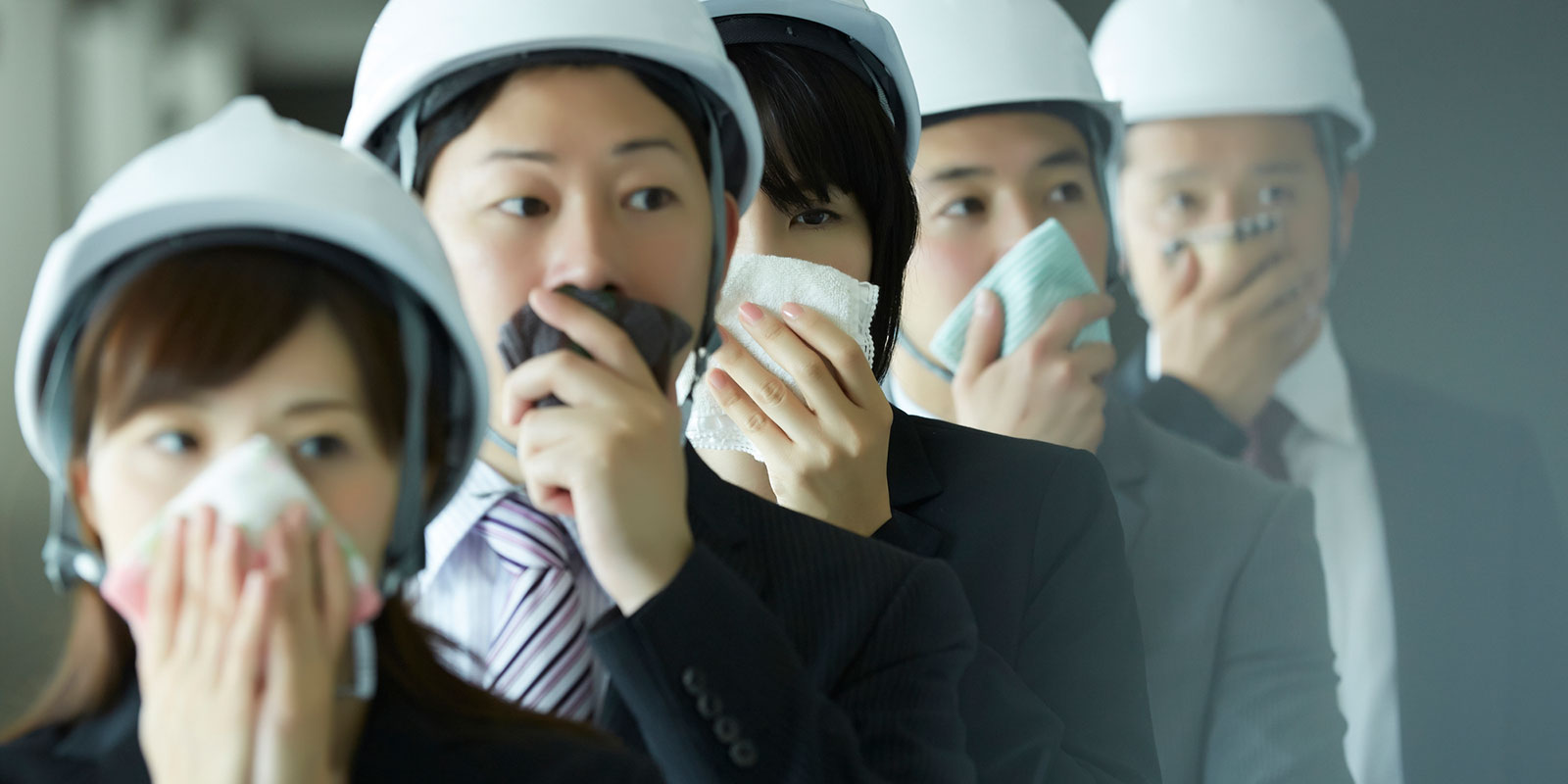Preparing for the worst
What can Japan’s approach to natural hazards teach the world? Japan Bosai Platform president Hiro Nishiguchi tells Ili Saarinen why preparing for disasters must be made a society-wide concern
Climate change is already increasing the frequency and destructive power of extreme weather events which, along with the effects of other natural disasters, are being felt around the globe, including in many communities with little experience of handling such threats. Japan, on the other hand, is in the unenviable position of being one of the world’s most disaster-hardened countries. Lessons learned from its long history of battling earthquakes, tsunamis, typhoons, and volcanic eruptions form the basis for a multitude of practices and technologies in the field of disaster risk reduction, or preparing for and mitigating the effects of natural forces.
“Our strength is in how society as a whole prepares for natural hazards, not leaving the individual to fight alone”
But beyond giant breakwaters, subterranean flood-prevention tunnels, and high-rises designed to absorb seismic energy, what makes the country so good at dealing with disaster, and what can the rest of the world learn from Japan’s approach? “Our strength,” says Japan Bosai Platform (JBP) president Hiro Nishiguchi, “is in the basics, in how society as a whole prepares for natural hazards, not leaving the individual to fight alone.” Bosai is the Japanese word for holistic disaster risk reduction, and the JBP brings together around 100 private-sector firms and nonprofit organizations with expertise in the field, promoting their solutions to a worldwide audience.
 Heavy rain destroyed Chikuzen-Iwaya Station in 2017 | PIXTA
Heavy rain destroyed Chikuzen-Iwaya Station in 2017 | PIXTA
The association was established in the aftermath of the “triple disaster”—the magnitude-nine earthquake, tsunami, and nuclear accident which rocked Japan in March 2011. The triple disaster devastated the northern Tohoku region but also demonstrated Japan’s extraordinary tenacity in the face of overwhelming adversity. Known locally as 3/11, the event drew global attention to the country’s disaster response—attention that people in the field were ill-equipped to deal with. “After 3/11, there was no focal point [for interested parties from abroad] to speak with [about Japan’s disaster risk reduction technology],” says Nishiguchi. Filling that gap, the JBP has been spreading the word about bosai and Japanese disaster knowhow since 2014.
Are Japan’s life-saving technologies about to take over the world, then? Cautioning that things aren’t quite that straightforward, Nishiguchi employs a smartphone metaphor. “One thing we’ve learned is that solutions are like apps; they don’t work without a common operating system underneath,” he says. “Part of that is technical basis, but more important aspects are mindset, the legal system, rules, values, and education.”
“One thing we’ve learned is that solutions are like apps; they don’t work without a common operating system underneath”
 Japan Bosai Platform president Hiro Nishiguchi | Keisuke Tanigawa
Japan Bosai Platform president Hiro Nishiguchi | Keisuke Tanigawa
The foundation of the Japanese “operating system” is the Disaster Countermeasures Basic Act, a law that spells out obligations for the entire public sector with regard to disaster preparation and response. “It’s like a very thick manual,” says Nishiguchi, “providing the basis for [the] mindset, budgets, training, and the allocation of manpower, and being a shared framework that enables the private and public sectors to work together.” Another key aspect is education. “[In Japan] fundamental behaviors such as how to deal with an evacuation situation and storing things like food and water are very much embedded due to education,” says Nishiguchi. “Responsiveness to a sudden situation is something that must be trained. When a disaster hits, unless you’re prepared, you won’t be able to react.”
“Responsiveness to a sudden situation is something that must be trained. When a disaster hits, unless you’re prepared, you won’t be able to react”
 Japanese companies are required to conduct an evacuation drill at least once a year | Fast&Slow/PIXTA
Japanese companies are required to conduct an evacuation drill at least once a year | Fast&Slow/PIXTA
Crisis management
Having the entire world install the same “operating system” for dealing with natural disasters, which would allow for more effective adoption of relevant technologies and systems in accordance with local contexts and circumstances, is no pipe dream. In 2015, the year when the United Nations adopted the Sustainable Development Goals, UN member states also agreed on the Sendai Framework for Disaster Risk Reduction, an action plan for making societies more resilient to natural threats. “The bad news is that implementation is still limited,” says Nishiguchi.
Nevertheless, the JBP works tirelessly to disseminate its members’ products and services, showcasing them through a solution database on the association’s website, which gets traffic from more than 100 countries every month. “With the planet becoming more vulnerable to natural hazards, people are concerned about their situation and interested in Japanese solutions,” says Nishiguchi. “We want to create a society in which rescue workers won’t ever have to scramble to save people from ruins. Saving lives in advance, not afterwards, is where we can contribute.”